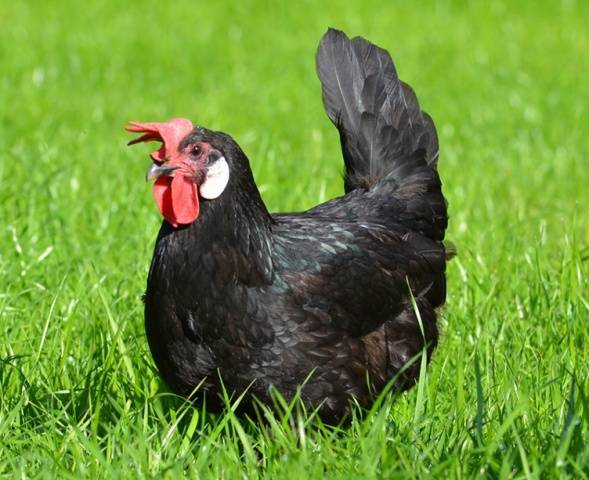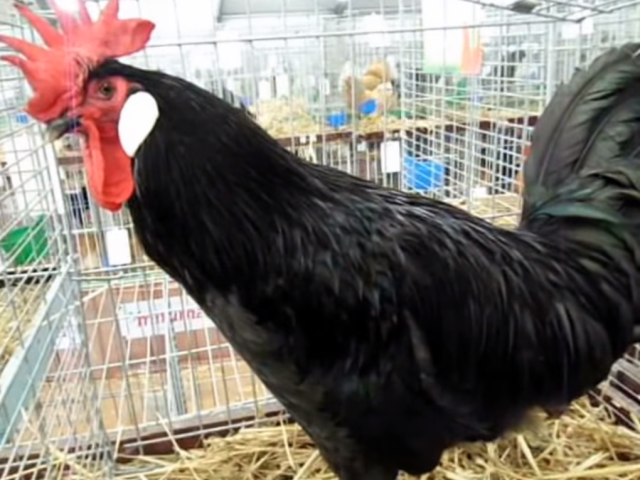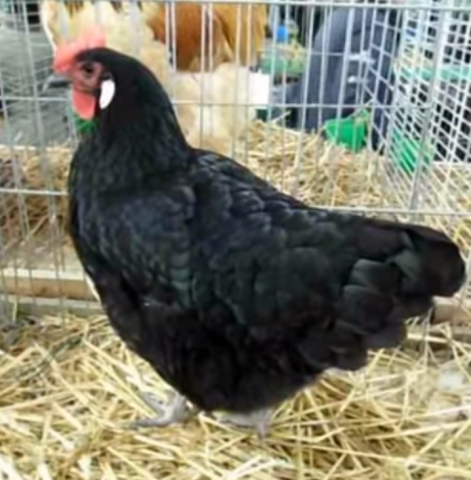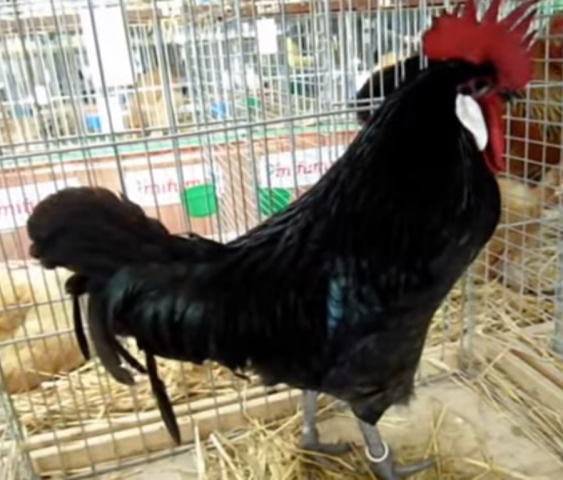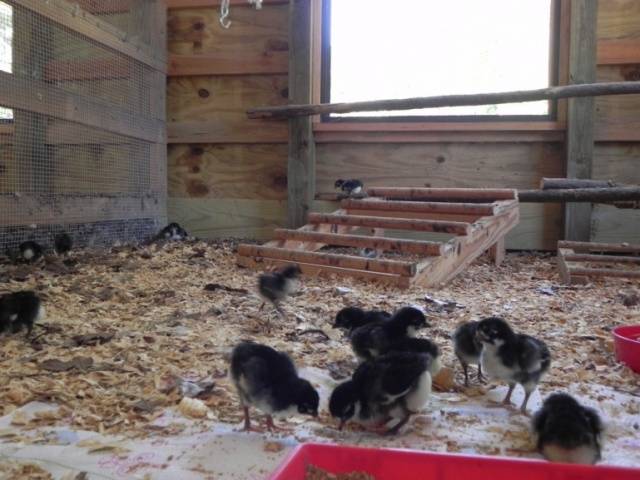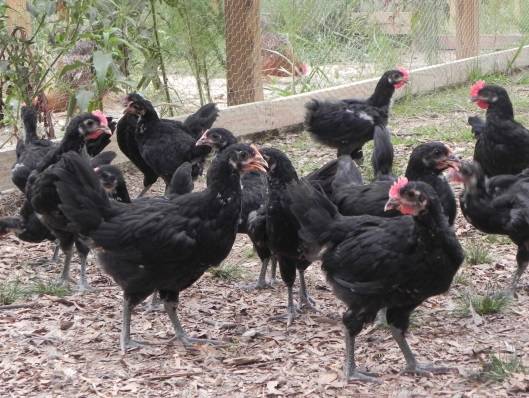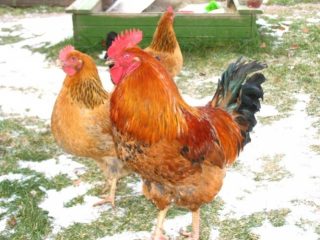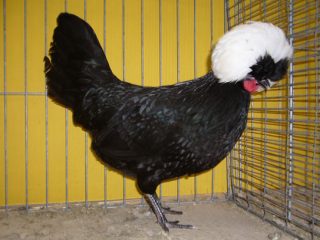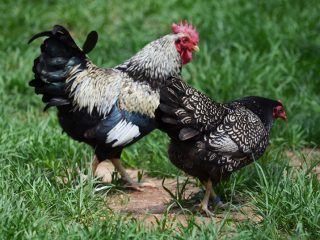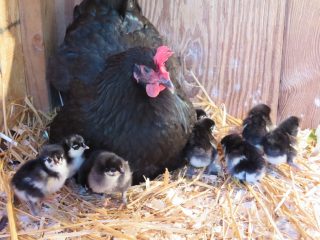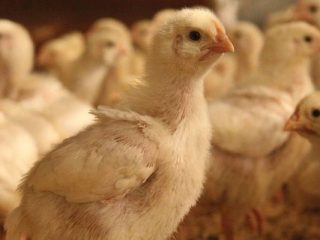Content
Bred in the Middle Ages in the Charente region, the French Barbesier chicken breed is still unique among the European poultry population today. It stands out to everyone: color, size, productivity.
Nowhere is it indicated why by the end of the twentieth century this breed was practically extinct. Most likely, due to the emergence of large poultry farms, which needed fast growth and rapid turnover of generations from chickens, and not a unique appearance and special taste of meat.
But by the end of the twentieth century, tendencies towards the consumption of rural, "organic" as they are called in Europe, began to prevail. And village chickens have also become in demand. Fortunately for the breed, a group of enthusiasts teamed up in 1997 and took up the revival of the Barbesier chickens.
Thanks to this association, the Barbesiers were revived, and their meat again took its rightful place in the chicken market.
Very quickly, the Americans, who sensed a profit, became interested in this bird. They realized that this breed, if it does not break into the chicken market, will be in demand by amateur poultry breeders of rare breeds. A small group of Barbesiers was exported to the United States, where they are now being promoted on the market for rare breeds and high-quality chicken.
In Russia, a small livestock appeared simultaneously with the importation of these chickens to the States. But only amateur private owners became interested in this original breed. The same lovers of rare breeds, as well as potential buyers of Barbesier in the States.
Story
Scientists-kurologists agree on the version that the breed arose as a result of crossing only local breeds with subsequent selection for productive indicators. Before the development of capitalism, no one tried to raise poultry on an industrial scale, and chickens lived on pasture and were even in poor families.
Although poultry was not considered meat in those days. Since the chickens grew by themselves, no one was worried about their early maturity. This circumstance later played a cruel joke with Barbesier: at the time when they began to count every penny, large, but very late-ripening birds ceased to be in demand.
In the descriptions of the breed of Barbesier chickens, their high adaptive abilities to different climatic conditions are always emphasized. This ability has developed in Barbesier due to the climatic conditions of the region in which the breed was bred. The Charente department has a rather harsh climate. Many bogs and the proximity of the sea coast provide high air humidity not only in summer, but also in winter. Winter cold, superimposed on high humidity, creates damp dampness, which is many times worse than dry frost. But the breed was formed precisely in such conditions. The damp dampness hardened the Barbesier, who now are not afraid of even a rather severe frost, if only it was dry.
Standard
In the photo, the cock of the Barbesier breed of chickens looks very long-legged and "athletic". In fact, long legs are a distinctive feature of the breed, which is the tallest in Europe. Tall Barbesiers thanks to long legs, but the bird itself is in the medium-heavy category. Roosters weigh 3-3.5 kg, chickens 2-2.5 kg. The direction is meat-egg.
The head is small, with a large crimson crest. The height of the comb can reach 7.5 cm, the length is 13 cm. The earrings are long, crimson. The face is the same. The lobes are white.In chickens, the lobes are relatively small, but the comb is not inferior in size to that of a cock. In roosters, the lobes grow very long, flush with the earrings. When the rooster shakes its head, all of its decorations create a rather funny picture.
The eyes are large and brown. The beak is long, black with a yellow tip.
The neck is long and erect. The cock holds the body almost vertically. Body shape - shark. The chicken has a more horizontal body. The top line of the rooster is completely flat. The back and loin are wide. The chest is well muscled, but this moment is concealed by a tucked up belly, which is clearly visible due to the high set of the body. The shoulders are broad and powerful.
The tail of the rooster is long, but narrow. The braids are short and do not cover the cover feather. Barbesier chickens, as seen in the photo, have a very short tail, set almost horizontally.
The legs are much shorter than those of a rooster. The body is wide, with a well-developed belly.
The thighs are well muscled. Metatarsus in birds with wide, long bones, the skin on the metatarsus is gray. 4 toes widely spaced at equal distance on the paw.
The color is always black with a green tint. White lobes combined with a crimson comb and earrings give the Barbesier a special charm. The plumage adheres tightly to the body, helping the birds to stay dry during the rains.
The owners claim that this is due to the heavy weight. But 3 kg is not so much that a chicken cannot fly over a 2-meter fence. Therefore, there are other reviews where farmers directly say that chickens need to clip their wings. According to the second version of the description, Barbesier is a very restless bird and is prone to flying over fences.
Vices leading to culling from the breeding herd:
- light legs;
- white blotches in the plumage;
- orange eyes;
- lobes of any color other than white;
- five-fingered;
- the heaped comb of the roosters.
In the vices, there are mainly signs indicating the uncleanness of the bird.
Productivity
In the description of the Barbesier hens, it is stated that they lay 200-250 large eggs per year. The weight of one egg is more than 60 g. The egg-laying period starts from 6-8 months. With meat productivity is worse. According to reviews of the Barbesier chicken breed, the meat tastes like game. But due to the late maturity of the birds, it makes no sense to breed them for commercial purposes. Usually, lovers of rare breeds keep a Barbesier for themselves, and they raise more early maturing chickens for sale.
The meat of Barbesier roosters can be allowed no earlier than 5 months of age. Until that time, all nutrients are spent on the growth of bones and plumage. Because of these features, cockerels intended for slaughter need to be fed with a high-protein feed, which increases the cost of meat.
Character
The Barbesiers have a calm personality, although they can move quickly. But these chickens do not enter into conflicts with other domestic animals.
Advantages and disadvantages
The pluses of the breed include good frost resistance, very tasty meat with a flavor of game, large eggs and a calm character.
The disadvantages include the almost lost incubation instinct and the slow feathering of chickens.
Breeding
There is no need to talk about breeding in Russia yet. The best way to acquire a purebred bird is by ordering a certified hatching egg from abroad and hatching Barbesier chicks in an incubator.
After the formation of your own flock for incubation, you can select only large eggs without shell defects and two yolks.
There is no direct description of the Barbesier chickens, but the photo shows that in the "infancy" age they should have black backs and a white lower part of the body.
Testimonials
Conclusion
Judging by the description and photo of the Barbesier chicken breed, today only the price keeps Russian poultry lovers from buying. In the event of an increase in the number of this breed in Russia, Barbesier chickens may appear in almost every farmstead. They will not be kept for sale for meat, but for themselves, as one of the best meat breeds.
